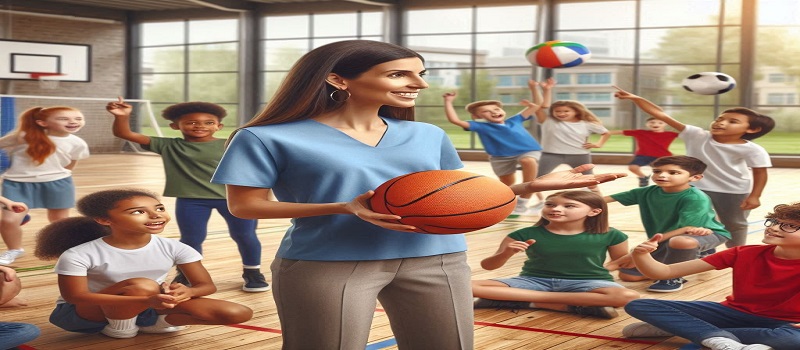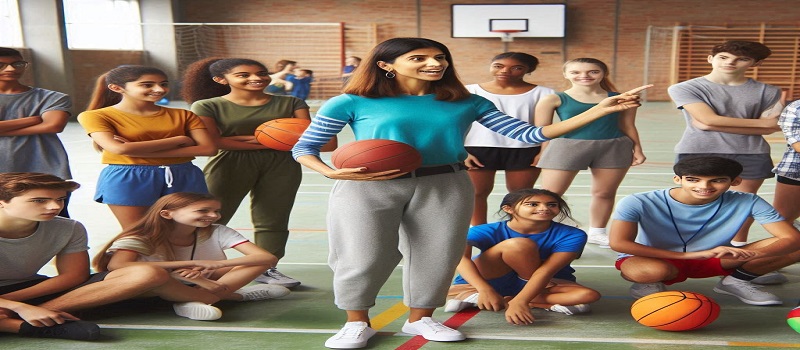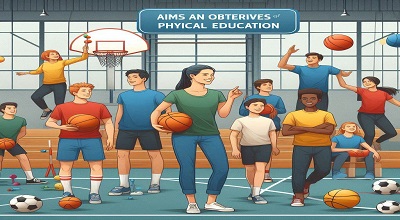Aims and Objectives of Physical Education
The aims and objectives of physical education vary depending on educational institutions, curricula, and cultural contexts. However, some common goals are generally associated with physical education programs. These aims and objectives typically focus on the holistic development of individuals, incorporating physical, mental, and social well-being. Here are some of the common aims and objectives of physical education:
Physical Fitness
- Aim: To enhance and maintain the physical fitness of students.
- Objectives: Develop cardiovascular endurance, muscular strength, flexibility, and body composition through various physical activities.
Skill Development
- Aim: To develop a range of motor skills and coordination.
- Objectives: Improve skills in activities such as running, jumping, throwing, catching, and other sports-specific skills.
Health Awareness
- Aim: To promote awareness of health-related issues.
- Objectives: Educate students about the benefits of regular physical activity, good nutrition, and a healthy lifestyle.

Teamwork and Cooperation
- Aim: To foster teamwork and cooperation among students.
- Objectives: Develop communication skills, cooperation, and the ability to work effectively as part of a team in various physical activities and sports.
Social Development
- Aim: To contribute to the social development of individuals.
- Objectives: Promote social interaction, communication, and the development of positive social behaviors through group activities and team sports.
Lifelong Physical Activity
- Aim: To instill a love for physical activity that continues throughout life.
- Objectives: Provide experiences that encourage a lifelong commitment to physical fitness and well-being.

Cognitive Development
- Aim: To enhance cognitive abilities through physical activity.
- Objectives: Improve concentration, problem-solving skills, and cognitive functions through activities that require strategic thinking and decision-making.
Emotional Well-being
- Aim: To contribute to emotional well-being and stress reduction.
- Objectives: Provide opportunities for students to manage stress, anxiety, and other emotions through physical activity and relaxation techniques.
Cultural and Ethical Values
- Aim: To promote cultural understanding and ethical values.
- Objectives: Introduce students to a variety of physical activities from different cultures and instill values such as fair play, respect, and sportsmanship.
Personal Development
- Aim: To contribute to the overall personal development of students.
- Objectives: Foster self-discipline, self-confidence, and a positive self-image through physical challenges and achievements.
Note:
It’s important to note that these aims and objectives may be adapted and tailored to suit the specific needs and goals of different educational institutions and their respective physical education programs..
